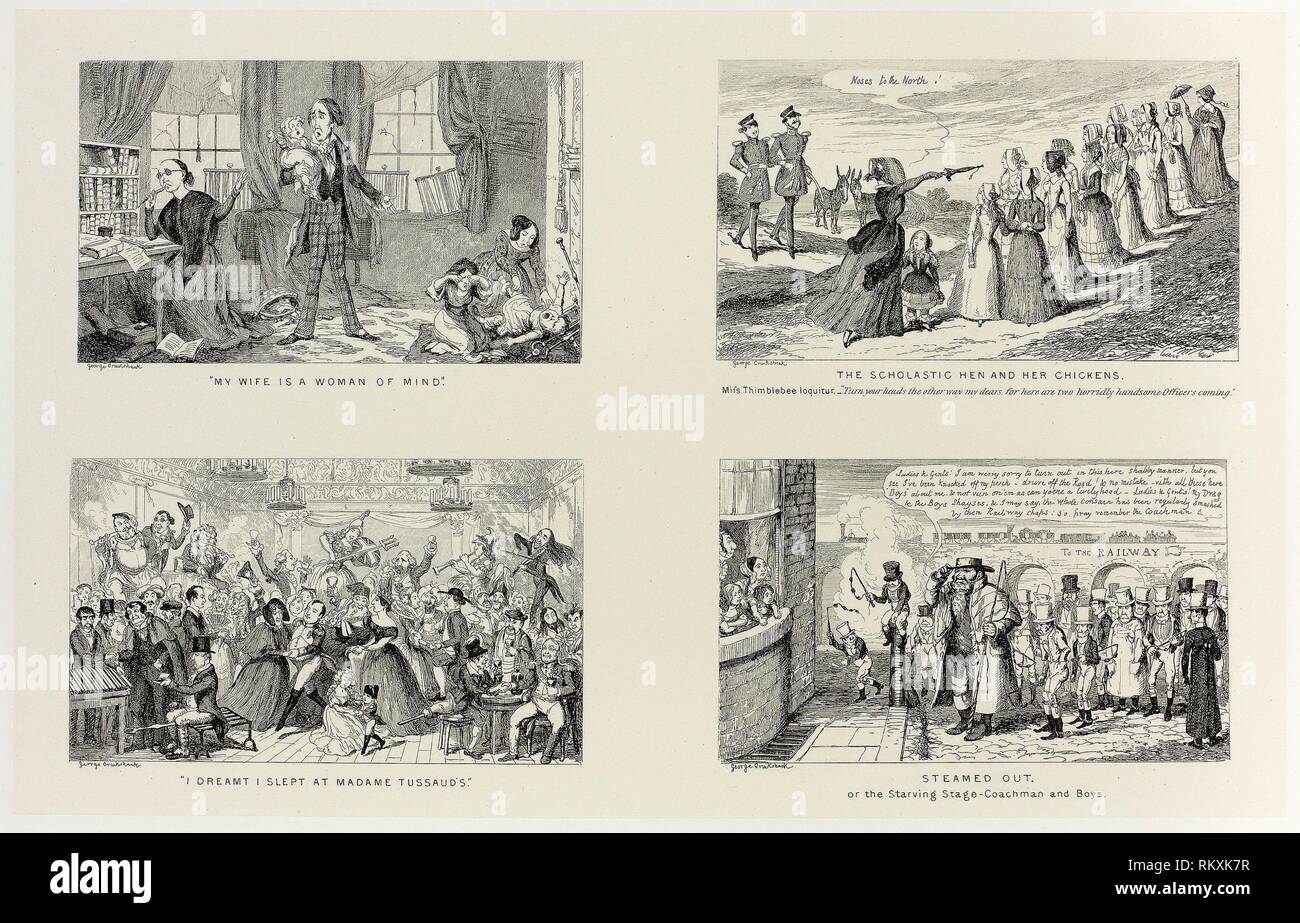Sorry: Portrayals Of Women During 1800s And 50s
| Portrayals Of Women During 1800s And 50s | 924 |
| ANNE MOODYS JOURNEY | 23 |
| Virtual Reality The Digital Reality | Do It Have Adverse Effect For Children |
Barristers in England and Wales are one of the two main categories of lawyer in England and Walesthe other being solicitors. Barristers have traditionally had the role of handling cases for representation in court, both defence and prosecution. The word 'lawyer' is a generic one, referring to a person who practises in law, which could also be deemed to include other legal practitioners such as chartered legal executives.
Navigation menu
The work of senior legal professionals in England and Wales is divided between solicitors and barristers. Both are trained in law but Portrayals Of Women During 1800s And 50s differing functions click here the practice of law. Historically, the superior Dhring were based in London, the capital city. To dispense justice throughout the country, a judge and court personnel would periodically travel a regional circuit to deal with cases that had arisen there. From this developed a body of lawyers who were on socially familiar terms with the judges, had training and experience in the superior courts, and had access to a greater corpus of research material and accumulated knowledge on the interpretation and application of the law.
Some would go "on circuit" with the court to act on behalf of those requiring representation. By contrast, solicitors were essentially local to one place, whether London or a provincial town.
ala homepage quicklinks
Lawyers who practised in the courts in this way came to be called "barristers" because they were "called to the Bar", the symbolic barrier separating the public—including solicitors and law students—from those admitted to the well of the Court. They became specialists either in appearing in court to represent clients, or in the process of using the courts, which would include giving oral or written advice on the strength of a case and the best way to conduct it. For those who had the means and preference to engage a solicitor, it became useful, then normal and then compulsory, for the solicitor, in turn, to select and engage a barrister to represent the client before the courts. Likewise, it became either useful or normal but not compulsory to engage an appropriate barrister when highly specialist advice was required. Many barristers have largely "paper practices" and rarely or in some cases never make court appearances.

Historically, practising at the bar or in court was a more socially prestigious profession than working as a solicitor. In the 18th and 19th centuries, the bar was one of the limited number of professions considered Wonen for upper-class men; politics, the Army and Navy, the established clergy, and the civil and diplomatic services being the others.
ALA User Menu
Many leading eighteenth and nineteenth-century politicians were barristers; few were solicitors. In the 20th century, solicitors closed the gap greatly, especially in terms of earnings, and by the early 21st century the social gap was far less important than formerly. Until recently, the most obvious differences between the two professions was that, firstly, only barristers had exclusive and wide rights of audience that is, a right to plead in all courts in England and Wales, and secondly, only solicitors could be directly engaged see more clients for payment.
These differences have been 50d by recent deliberate changes, although in many fields of legal practice, the distinction is largely retained in practice. Barristers have full rights of audience to appear in all courts, from highest to lowest. Solicitors, on the other hand, have traditionally been able to appear only as advocates in the lower courts that is, Portrayxls magistrates' and county courts Portrayals Of Women During 1800s And 50s tribunals. The bulk of such work continues to be handled by solicitors.

Under section 17 of the Courts and Legal Services Actsolicitors with appropriate advocacy experience are entitled to acquire higher "rights of audience", enabling them to appear in the superior courts. Solicitors who attain these rights are known as solicitor-advocates. But, in practice, the number of solicitor-advocates exercising their right to do so remains fairly small, and solicitors often continue to engage a barrister to undertake any required advocacy in court.
Not only is this division traditional; in higher-value civil or more serious criminal cases, it is often tactically imperative to engage a specialist advocate because if one side does not the other might.
1800s Women
Untilbarristers were prohibited from seeking or accepting "instructions" that is, being hired directly by the clients whom they represent. The involvement of a solicitor was compulsory. The rationale was that solicitors could investigate and gather evidence and instructions and filter them — according to the interests of the client — before presenting them to the barrister; in return the barrister, being one step removed from the client, could reach a more objective opinion of the merits of the case, working strictly from the evidence that would be admissible in court. In addition, being less involved in the current affairs of clients, including many matters that might never come to court, barristers Portrayals Of Women During 1800s And 50s more time for research and for keeping up to date with the law and the decisions precedent of the courts.
Theoretically, this prohibition has been removed.]
Yes, really. I join told all above. We can communicate on this theme. Here or in PM.
It is remarkable, very valuable piece
Very good information
I consider, that you are mistaken. Let's discuss. Write to me in PM.
On your place I would arrive differently.